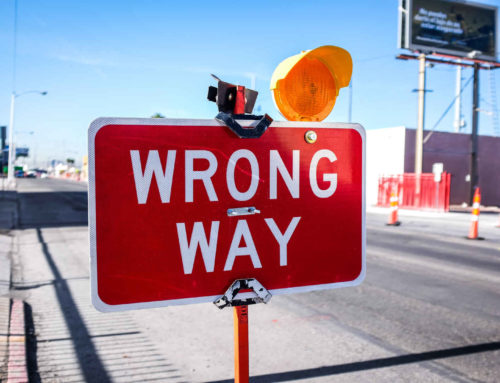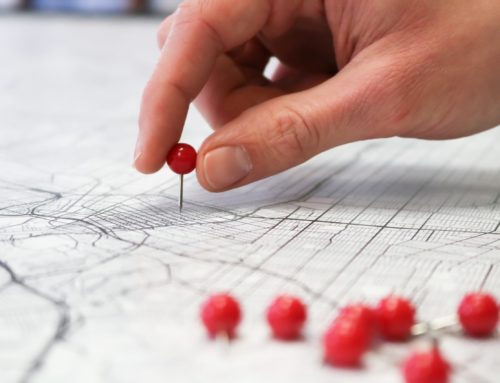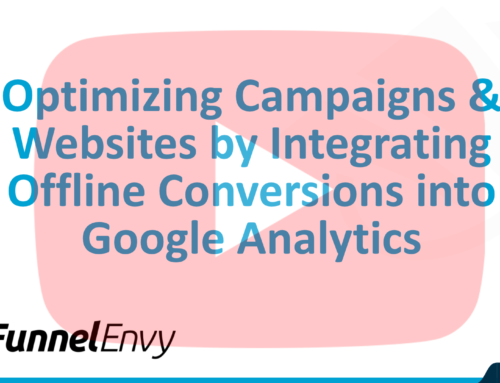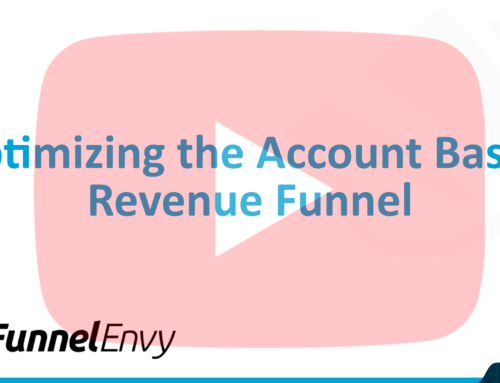If you ask the majority of firms doing online marketing what their most important conversion goals are, most will tell you that it’s to make a sale. A few firms that are tuned into the broader marketing discussion might tell you that they’re focused on building their email lists or customer contact database. But far fewer will tell you that they are focused on reducing friction along the buying funnel.
Yet for most businesses, it’s understanding the universe of small conversions that lead up to the sale – and eliminating obstacles along the way – that ultimately yields the best results. Here’s a closer look at microconversions and how they affect your firm’s performance.
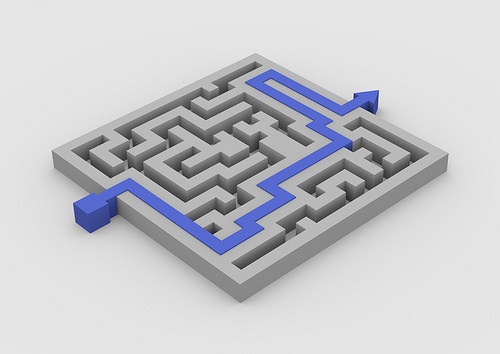
Photo Credit: FutUndBeidl via Compfight cc
The difference between microconversions and meaningless conversions
Within a business or a website, there are numerous possible conversions to focus on. The key to a successful conversion optimization campaign is to concentrate on metrics that affect the bottom line. There are a number of different elements which can be focused on that ultimately end up contributing very little to a business’ growth or reputation. These are often called vanity metrics and frequently are embodied by raw numbers without context. Examples could be page views or visitors to your site. The information that’s lacking from this is whether or not these individuals are taking action.
Microconversions, on the other hand, point to small actions that indicate a migration toward a sale or ongoing relationship with your business. The difference between a microconversion and a meaningless conversion is simple: does that action predict a movement toward or a deepening of that lead’s or customer’s connection with you? If so, you’re looking at a conversion that’s worth paying attention to.
Examples of small conversions that matter
When a person visits your website, there are a number of steps that they can take which are predictive of a growing relationship. What follows are some examples that you can look for:
- Reads background information about your business, such as your About Us Page, which indicates a desire to get to know you better;
- Signs up for ongoing communication with you, such as submitting their email address to your mailing list;
- Downloads detailed product information, such as a white paper, customer case studies, or an e-course;
- Visiting your product’s pages, clicking on detailed descriptions, and spending a lot of time absorbing product information;
- Adding items to the cart, or taking any step up to and including an actual sale.
What’s confounding is that in most cases, these steps can also be fairly meaningless. A casual observer could also be browsing your About Us page or looking at your products. The key is to determine what steps are part of a bigger process in relationship to one another, which is quantified by the buying funnel. Understanding what your typical sales process looks like, and being able to map these individual actions to that process – often through their relationship to one another – will help you determine which steps are significant for your business, and which ones don’t contribute to the bottom line.
Understanding how to map the buying funnel
One of the most important aspects to understand about buying funnels is that they’re both easy to generalize and highly personal to your individual business. There are a number of steps that the sales process generally takes. Yet, you’ll find as many exceptions, deviations, and changes to the pattern as you will those that neatly follow along. The general stages of the buying funnel generally correlate to:
- Awareness: a consumer discovers your brand. This happens through a number of possible avenues, from social media exposure to customer referrals to pure happenstance. They learn about your brand name, your offerings, and begin to associate you with a specific space, product, or service.
- Consideration: this is an evaluative phase. In the market research world, this is where the consumer is doing brand comparisons, developing a positive or negative assessment of your brand, and generally trying to determine a fit with what she needs. Evidence of this might be seen in reading written materials or spending a significant amount of time on your site.
- Intent: the intent stage is different – we’ve moved from the general position in the buyer’s mind to the specific. She seeks to interact with your brand in a very specific way, such as giving you a test drive through a free trial, signing up for your website, landing on your site through any keyword search that includes terms such as “buy” “buy now” or “discount,” or actively contacting you to see if you’re running any specials. Any information gathering is in support of making an immediate (or near immediate) decision.
- Decision: during this phase you close the sale. However, from a funnel perspective, this includes your whole checkout process and can actually derail at any moment until you have the money in hand.
Finding points of friction
Each of these stages has an associated channel (or range of possible channels). During the awareness phase a customer might find you via Twitter or paid search; during the consideration phase they might look at your white papers or check out your case studies. What you need to ask is – how easy is it to accomplish this goal, or conversely, what aspects are getting in the way of an easy conversion at any point? This is where data collection and testing come in.
For businesses new to conversion optimization, there may not be an immediate connection between approaches such as A/B testing and removing friction. Instead, we often frame the results of testing as more simplistic. For example, which headline converts better – A or B? However, meaningful conversion testing typically happens at a deeper level.
The first step is to look at the data you have and begin to piece together a portrait of your buying cycle. As patterns become clearer, you’ll often understand where breakdowns occur. At the very least, you’ll begin to form a hypothesis about points of breakdown. Examples of friction points can be as simple as something in the checkout phase being inconvenient. Is your information entered all on a single page, or broken down over multiple pages requiring clicks? Understanding best practices can also be helpful here, in providing a general framework that assists you in identifying possible trouble spots.
Once you’ve created a list of hypotheses on what points are causing you to lose sales or subscribers, it’s time to begin testing. Two notes on the testing process. The first is one that we’ve discussed here before, but it remains critical – choose one aspect of your site to test at a time. The more focused your testing is, the more likely it will yield meaningful results that change how you do business. The second is to prioritize. If you’ve highlighted a dozen prospective problems, it can be hard to know where to start.
Prioritize based on two things: what moves you closest to the sale and your most urgent business goals. If you’re fighting to get people interested in your products, start with microconversions that are earlier in the process around building awareness or doing brand comparisons . If you’re looking at a high cart abandonment rate, it’s time to take a hard look at your checkout process or product guarantees. Understanding your business’ unique buying funnel – and the associated microconversion universe – will help you narrow down and choose what needs attention first.
Conclusion
Getting to the sale is often more complex than a single test that dramatically skyrockets your conversion rates. Instead, getting to yes is frequently about a series of small, interlinking steps that move a consumer from lead to customer. Following a systematic process to get to understand your company’s unique sales process, the individual steps that matter, and what’s holding you back is the first step. What small conversion have you found mattered the most to your business? Let me know in the comments below.
